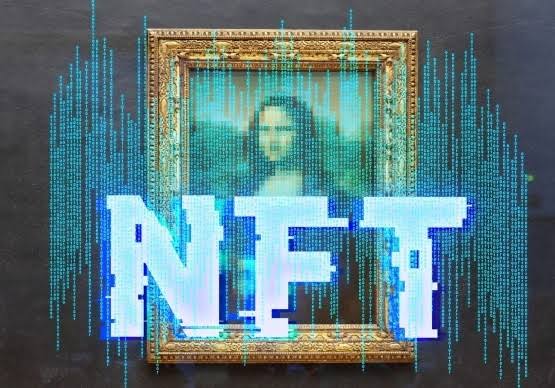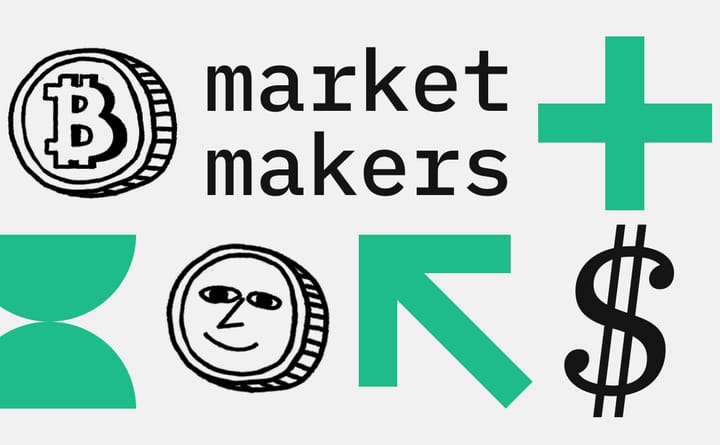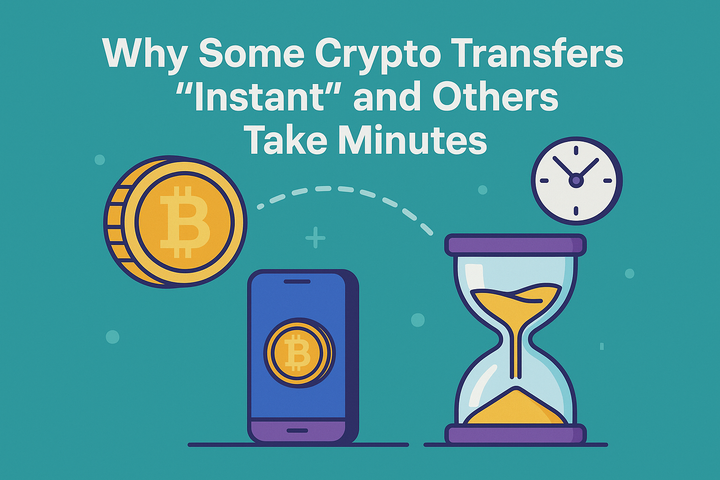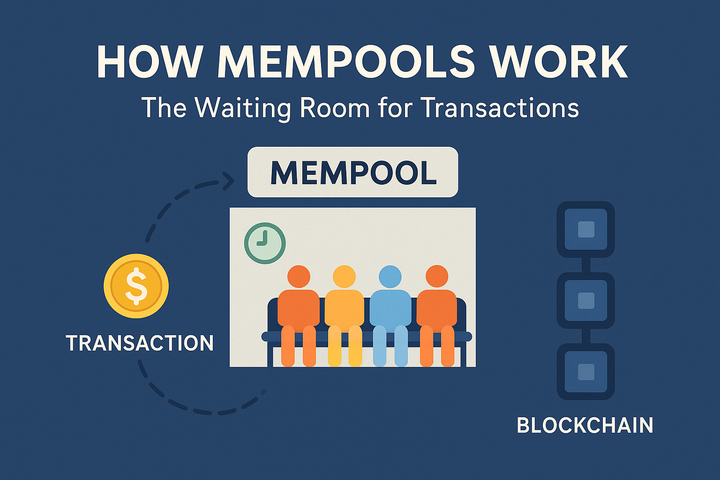NFTs Beyond Art: Exploring Use Cases in Gaming, Music, and Real Estate

Introduction In the early days of the NFT boom, headlines were dominated by digital artworks selling for eye-watering sums. Beeple’s \$69 million sale, CryptoPunks, and Bored Apes became cultural touchstones and for many, the definition of what an NFT was. But like most technological revolutions, what makes the most noise at first isn’t always what has the most staying power. Today, NFTs are evolving from collectible novelties into powerful tools with real-world applications. As the hype subsides, what remains is a maturing infrastructure blockchains, wallets, marketplaces ready to support utility-driven use cases in sectors far beyond the art world. In 2025, the conversation is no longer about what NFTs are, but what they can do. From empowering gamers with true digital ownership to helping musicians monetize directly and even enabling fractional ownership of real estate, NFTs are laying the foundation for a more decentralized and user-owned internet. This article dives into the transformation of NFTs from speculative assets to engines of innovation in gaming, music, and real estate. We’ll explore the opportunities, highlight the challenges, and consider what’s needed to take NFTs into their next era.
NFTs in Gaming – Ownership, Interoperability, and Incentivization
Gaming has always been at the frontier of digital innovation. From the early days of LAN parties to today’s virtual worlds and metaverses, gamers have consistently embraced technology faster than almost any other audience. It’s no surprise then that NFTs are finding one of their most promising applications in the world of gaming.
True Ownership of In-Game Assets
In traditional gaming, your inventory whether it's a rare sword, custom skin, or levelled-up character exists solely within a game’s closed ecosystem. The moment a server shuts down or a game is sunset, those items are gone. NFTs change that. They enable true ownership of digital assets.
When an in-game item is minted as an NFT, it lives independently of the game itself on a blockchain. This allows players to buy, sell, or trade their items freely, without relying on the game developer’s permission. It's a revolutionary shift from rentership to ownership.
Games like Big Time and Illuvium are building mechanics where players can earn NFT-based items that have real-world value. These assets can be sold on open marketplaces, used across different games, or staked for additional benefits.
Interoperability: The Holy Grail (Still in Progress)
One of the more ambitious promises of gaming NFTs is interoperability, the idea that a sword acquired in Game A could be used in Game B. While still largely aspirational, progress is being made. Projects like toReady Player Me and MetaFab are developing SDKs and infrastructure that could make interoperable game assets more viable.
But interoperability isn’t just technical; it’s cultural and economic. Game studios must be willing to design for openness, which often conflicts with their business models. Still, in a world increasingly open to composable, user-centric systems, the pressure is mounting.
Play-to-Earn and New Incentive Models
The rise of “play-to-earn” (P2E) games introduced the idea that players could generate income through gameplay. While many early examples were flawed resulting in unsustainable economies and hyper-inflationary token models the underlying concept remains potent.
In today’s refined models, we’re seeing a shift toward “play-and-earn” or “own-to-play” approaches. These balance enjoyment with financial incentives, creating games that are fun first, with economic benefits as a bonus. Projects are prioritizing long-term sustainability over short-term gains, learning from the pitfalls of first-gen P2E games.
Challenges Ahead
Despite its potential, NFT gaming still faces key hurdles:
- Onboarding: Many players still find wallet setup and blockchain interactions intimidating.
- Scalability: High transaction costs and congestion can ruin gameplay experiences.
- Regulation: Financialized gaming raises legal questions about securities and gambling laws.
But none of these are insurmountable. With better UX, Layer 2 scaling, and clearer policy frameworks, NFTs could become the default architecture for digital gaming assets in the coming years.
NFTs in Music – Empowering Artists, Reshaping Revenue Models
The music industry has long been plagued by an uneven distribution of power and profit. Major labels, streaming platforms, and middlemen often leave artists with a fraction of the revenue their work generates. But NFTs are rewriting this script offering creators more control, transparency, and connection with their audiences.
Direct-to-Fan Ownership
At the core of music NFTs is a simple but powerful idea: artists can tokenize songs, albums, or even unique moments, and sell them directly to fans. These tokens can represent ownership, access, or both.
For instance, an artist might mint 100 NFT copies of a new track. Buyers receive not only the song but exclusive access to unreleased content, private Discord communities, or future concerts. Suddenly, fans aren’t just listeners, they’re stakeholders.
Platforms like Sound.xyz and Catalog are leading this movement, offering marketplaces where musicians can distribute and monetize their work without the need for traditional intermediaries.
Royalty Redistribution and On-Chain Tracking
One of the biggest innovations in music NFTs is programmable royalties. Smart contracts allow artists to automatically receive a percentage of every resale something unheard of in the traditional music resale market. This ensures continuous earnings over time, creating a more sustainable income stream.
Moreover, the blockchain provides a transparent and tamper-proof ledger of ownership and royalty distribution, solving long-standing problems in rights tracking and disputes.
Community-Driven Funding Models
NFTs also enable new forms of music financing. Artists can sell fractionalized NFTs to fund an album, with supporters receiving a cut of future streaming revenue or merchandise sales. This shifts the model from corporate-backed advances to community-driven patronage.
In essence, fans become micro-investors and evangelists. Projects like Royal and Arpeggi Labs are experimenting with these decentralized funding models, pushing the boundaries of what a music release can look like.
Challenges and Industry Pushback
While the potential is massive, adoption has been met with skepticism:
- Mainstream resistance: Many artists and fans still view NFTs as speculative or environmentally harmful (a concern being addressed with more sustainable chains).
- Discoverability: With so many platforms and projects, standing out is difficult without marketing muscle.
- Technical barriers: Wallets, gas fees, and onboarding still hinder mainstream usability.
Still, as infrastructure improves and artists continue to seek independence, NFTs could become an essential tool in the modern musician's toolkit ushering in a new era where creativity is more directly rewarded.
NFTs in Real Estate – Tokenizing Property for the Digital Age
The real estate market has historically been synonymous with complexity, paperwork, and long transaction times. But with the rise of NFTs, a new model is emerging—one that seeks to make property ownership more efficient, transparent, and accessible through blockchain technology.
Tokenizing Real-World Assets
At the heart of NFTs in real estate is tokenization the process of converting ownership rights in a physical property into a unique digital token on the blockchain. Each NFT can represent a full deed or a fractional share of a property, enabling innovative new ownership structures.
For example, a luxury apartment in New York could be tokenized into 100 NFTs. Each token holder would own 1% of the property, sharing in its rental income and potential appreciation. This fractionalized model drastically lowers the barrier to entry for real estate investment.
Efficiency and Transparency in Transactions
Traditional property transactions often take weeks (or months), involving lawyers, banks, notaries, and endless paperwork. NFTs can streamline this:
- Smart contracts automate processes like escrow, title transfer, and payment verification.
- Blockchain records provide a transparent, immutable ledger of ownership, reducing fraud and title disputes.
- Global access allows buyers and investors from anywhere in the world to participate in real estate markets traditionally out of reach.
Projects like Propy and Lofty AI are pioneering this space, enabling users to buy real estate-backed NFTs with as little as $50 and receive passive income from rent.
Unlocking Liquidity
One of real estate’s biggest issues has always been illiquidity. NFTs can change this by turning properties into tradable assets. Instead of waiting months to sell a house, investors could sell their property-backed NFT on a secondary marketplace instantly, with settlement handled on-chain.
This liquidity layer not only benefits individuals but could have macro-level implications for global markets, unlocking trillions in dormant capital.
Regulatory and Technical Challenges
Despite the promise, real estate NFTs face a minefield of challenges:
- Legal recognition: Not all jurisdictions recognize digital deeds or fractional ownership as legally binding.
- Regulatory oversight: Securities laws, KYC/AML compliance, and tax structures are complex and vary widely by region.
- Custodianship: The physical property must be managed, insured, and maintained in a way that syncs with the on-chain structure.
Many platforms operate with off-chain legal wrappers traditional LLCs or trusts that hold the property, while NFTs represent shares in those entities. It’s not yet seamless, but the bridge is being built.
Closing Thoughts: The Future of NFTs Is Utility
NFTs have come a long way from profile pictures and collectible hype. What once sparked a speculative gold rush is now laying the foundation for transformative, utility-driven applications across industries.
In gaming, NFTs are redefining what it means to own and earn from digital assets creating immersive, player-owned economies that transcend individual titles. In music, they’re empowering artists to connect with fans in more meaningful, direct ways liberating creativity from traditional gatekeepers. And in real estate, NFTs are unlocking access, transparency, and liquidity in one of the world’s most valuable but archaic markets.
Yet the evolution is just beginning.
As infrastructure improves, user experience becomes more intuitive, and regulatory frameworks catch up, we’ll likely see NFTs woven into the fabric of everyday life powering everything from digital identity and certifications to supply chain tracking and decentralized governance.
But this shift also demands responsibility. To build a truly sustainable NFT future, we must focus on:
- Accessibility: Ensuring platforms are inclusive and user-friendly.
- Interoperability: Building standards that allow NFTs to move seamlessly across chains and ecosystems.
- Security: Protecting users from scams, exploits, and custodial risks.
- Real utility: Designing NFT applications that solve problems—not just create new financial bubbles.
Ultimately, NFTs beyond art represent a quiet revolution less about speculation, more about reimagining value, ownership, and interaction in the digital age.
The question is no longer if NFTs will transform industries, it’s how fast we’ll adapt to the change.
Useful links



Comments ()